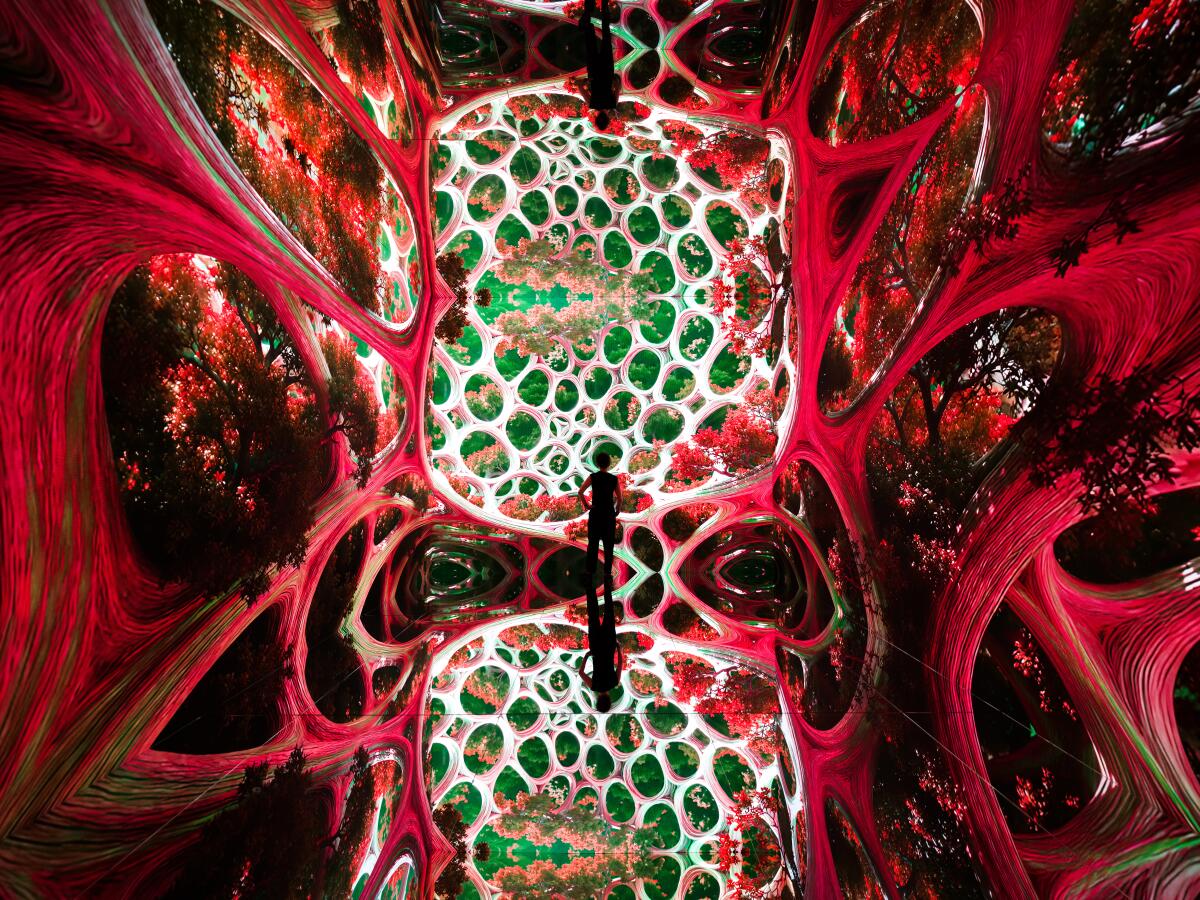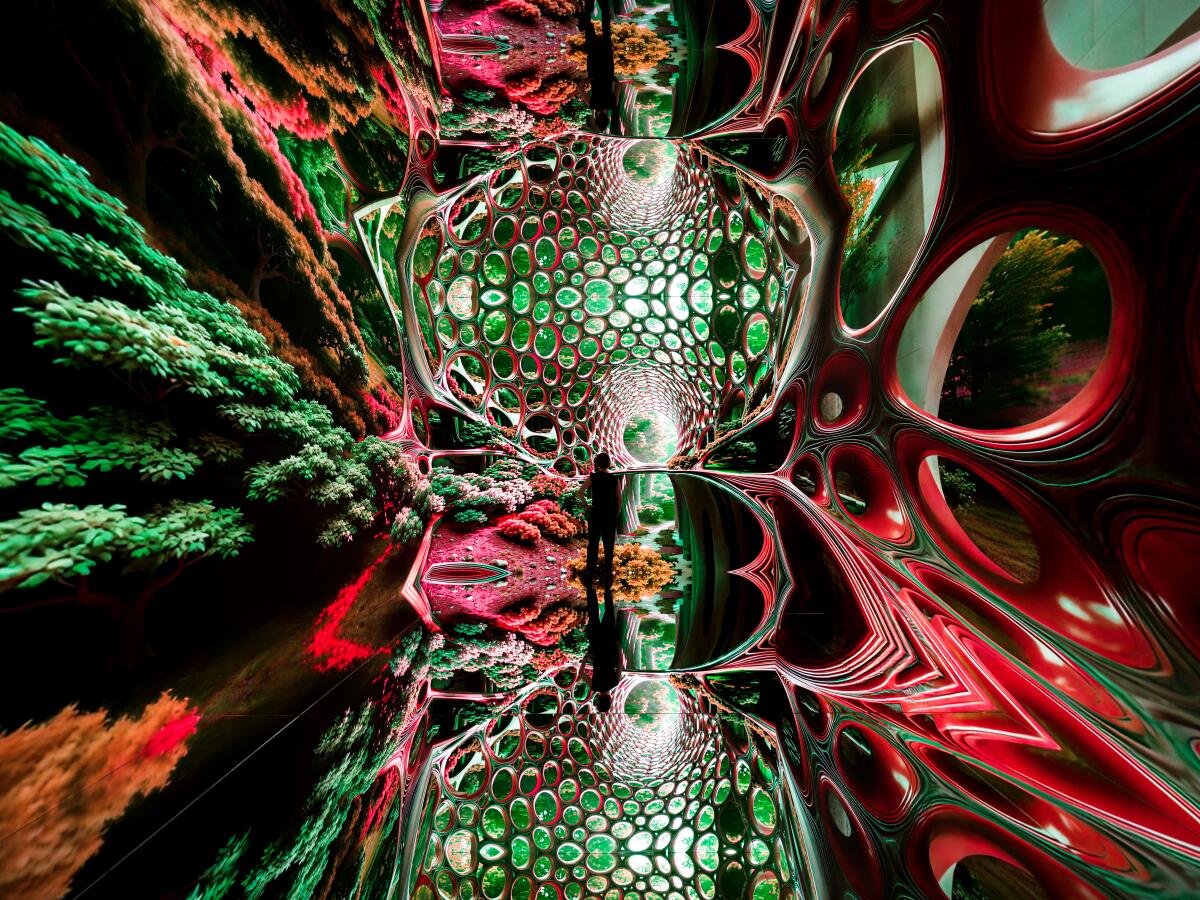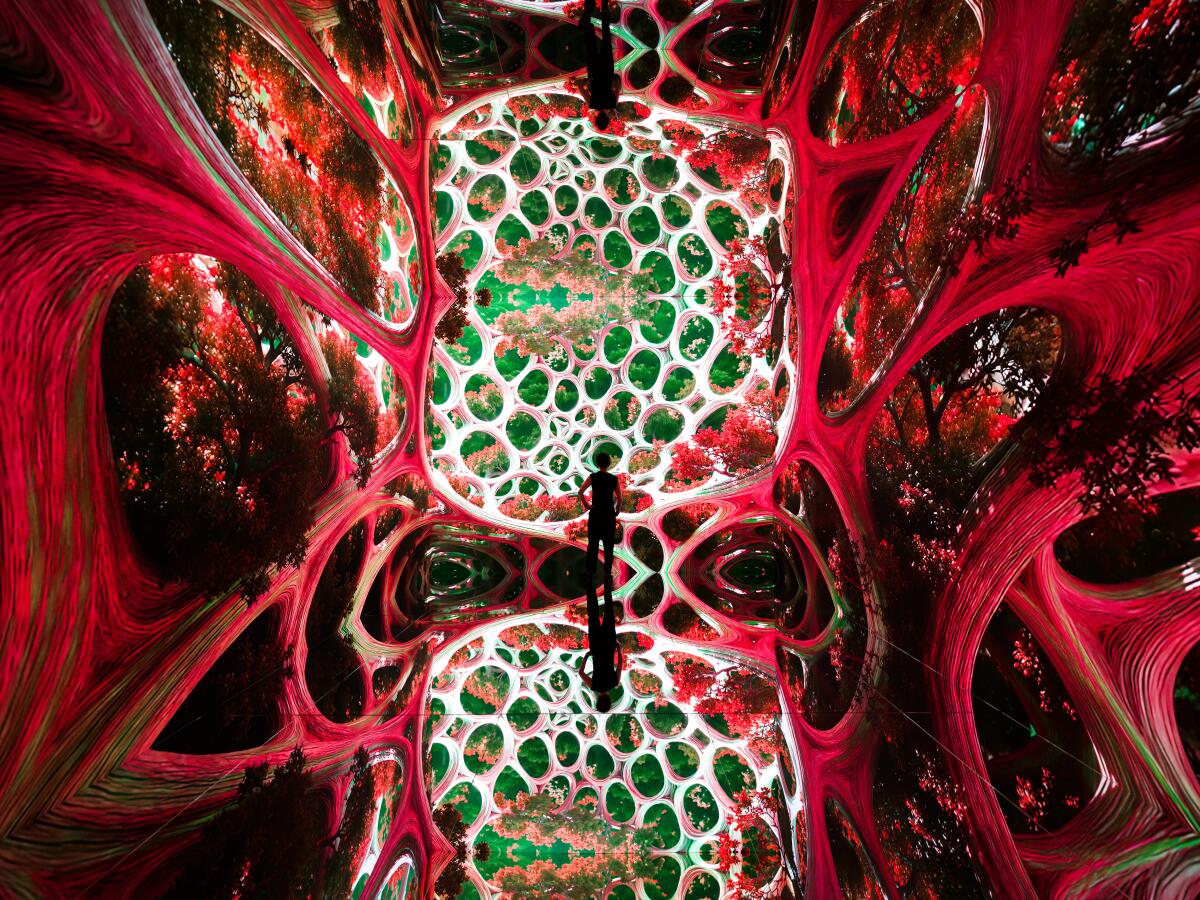A proposal to explore removing Los Angeles police officers from traffic enforcement is stuck in gridlock. Again.
The initiative to take the job of pulling over bad drivers away from cops is months behind schedule, frustrating reform advocates and some city leaders who argue that Los Angeles is missing an on-ramp toward the future of road safety.
Local officials first raised the prospect during the national reckoning on racial injustice that followed the police killing of George Floyd in 2020, but the plan has progressed in sluggish fits and starts since then. Backers thought that they had scored an important victory with the release in May 2023 of a long-promised study mapping out how most enforcement could be done by unarmed civilian workers.
Last summer, the City Council requested follow-up reports from various city departments to figure out how to do that and gave a three-month deadline. But more than year later, most of the promised feasibility studies have yet to materialize.
“I’m very upset about the delay,” said Council President Marqueece Harris-Dawson, one of the proposal’s early champions. “Generally speaking, when you try to do a big reform like this, at least some portion of the people who want to do the work are very motivated to change the status quo — and I don’t think we have that here.”
He said there was blame to go around for the continued delays, but that he’s encouraged by his conversations with officials from the involved departments that studies will be completed — a precursor to legislation that would allow for re-imagining traffic safety.
At the same time, he said that he still saw a role for armed police in certain traffic situations.
“I don’t even think we need to be pulling people over at all for vehicle violations, especially for those that don’t pose any public safety risks,” he said, before adding: “If somebody’s going 90 miles an hour down Crenshaw Boulevard, that person does need to be stopped immediately and they do need to be stopped by somebody with a gun.”
In a unanimous vote in June 2024, the council directed city transportation staff and other departments to come back within 90 days with feasibility reports about the cost and logistics of numerous proposals, including creating unarmed civilian teams to respond to certain traffic issues and investigate accidents. Also under exploration were ideas to limit fines in poorer communities and end stops for minor infractions, such as expired tags or air fresheners hanging from the rearview mirror.
Of the dozen or so requests made by the council, only two reports by the city’s transportation department have been completed so far, officials said.
Both of the studies — one assessing parking and traffic fines, and the other looking at how so-called “self-enforcing infrastructure” such as adding more speed bumps, roundabouts and other street modifications could help reduce speeding and unsafe driving — are “pending” before an ad hoc council committee focused on unarmed alternatives to police, according to an LADOT spokesman. The committee will need to approve the reports before they can be acted on by the full council, he said in a brief statement.
Chief Legislative Analyst Sharon Tso, the council’s top policy advisor, said she understands frustration over the delays. She said the protracted timeline was also at least partly caused by difficulties in obtaining reliable data from some of the participating departments, but declined to point any fingers. Two additional reports are in the final stages of being finalized and should be released by the end of the year, she said.
Although top LAPD officials have in the past signaled a willingness to relinquish certain traffic duties, others inside the department have dismissed similar proposals as fanciful and argued the city needs to crack down harder on reckless driving at a time when traffic fatalities have outpaced homicides citywide.
Privately, some police supervisors and officers complain about what they see as left-leaning politicians and activists taking away an effective tool for helping to get guns and drugs off the streets. They argue that traffic stops — if conducted properly and constitutionally — are also a deterrent for erratic driving.
A recently passed state law allowed the use of use of automated speeding cameras on a pilot basis in L.A. and a handful of other California cities.
Some advocates, however, are leery of relying on technology and punitive fines that can continue historical harms, particularly for communities of color.
“It’s been just a big bureaucratic slog,” said Chauncee Smith, of Catalyst California, which is part of a broader coalition of reform advocacy groups pushing for an end to all equipment and moving violation stops.
While L.A. has spent more than a year finishing a “study of a study,” he said, places such as Virginia, Connecticut and Philadelphia have taken meaningful action to transform traffic enforcement by passing bans on certain types of low-level police stops.
He cited mounting research in other cities that showed road improvements along high-injury street corridors were more effective at changing driver behaviors, ultimately reducing the number of traffic-related deaths and serious injuries more than the threat of being ticketed. But he also acknowledged the difficulty of making such changes in L.A.’s notoriously fragmented approach to planning and delivering infrastructure projects.
Smith and other advocates have also argued for an outright ban on so-called pretextual stops, in which police use a minor violation as justification to stop someone in order to investigate whether a more serious crime has occurred.
The LAPD has reined in the practice in recent years under intense public pressure but never abandoned it. Further changes could require legislation and are likely to face stiff opposition from police unions such as the Los Angeles Police Protective League, which has been highly vocal in its criticism of the pretext policy change.
Leslie Johnson, chief culture officer for Community Coalition, a South L.A.-based nonprofit , said that despite the delays the organization plans to press ahead with efforts to reimagine public safety and to keep pressure on public officials to ensure the study results don’t get buried like past efforts. She said that there is renewed urgency to push through the changes after a recent U.S. Supreme Court decision that critics says has opened the door to widespread racial profiling.
“Even though we’re a sanctuary city, we’re concerned that these prextexual stops could be leveraged” by federal immigration authorities, she said.






